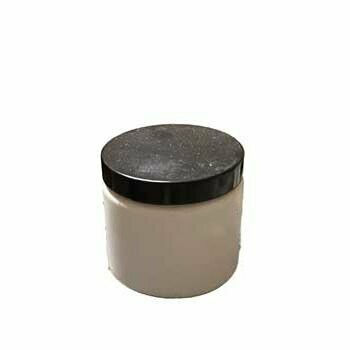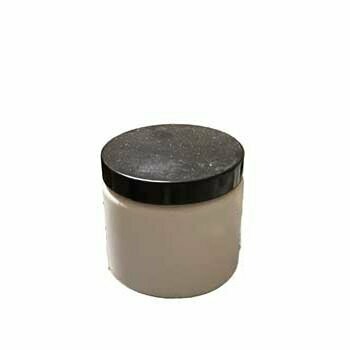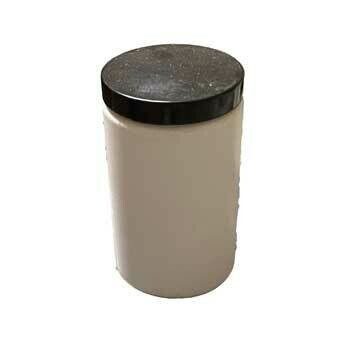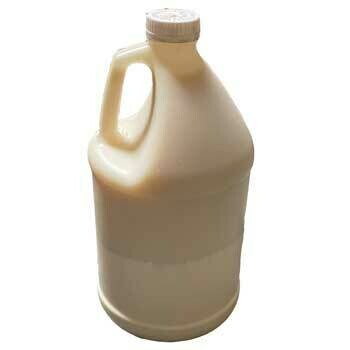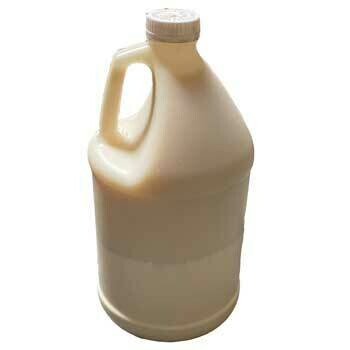Touch-up Paint
Fiore Stone Touch-up Paint is available in 1 oz., pints, quarts and gallons - See color samples for combinations of materials (base & antique) and colors used in our concrete finishes.
Here are two before and after examples of our Red and Black base with Black Antique to recreate Coffee and Chestnut respectively;
| Coffee | Chestnut | ||
| Before | After | Before | After |
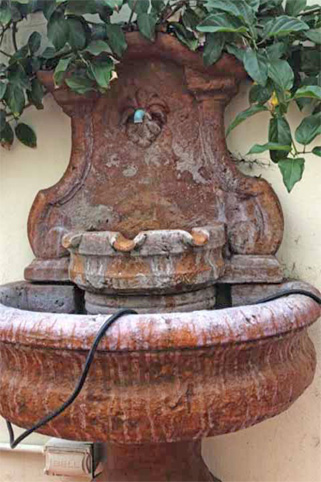 |
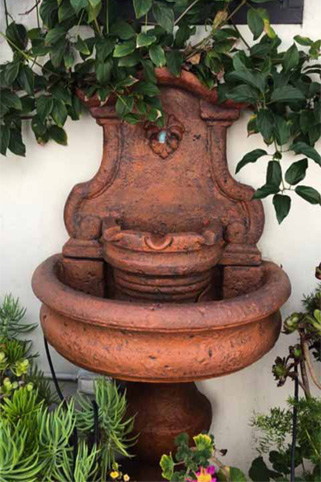 |
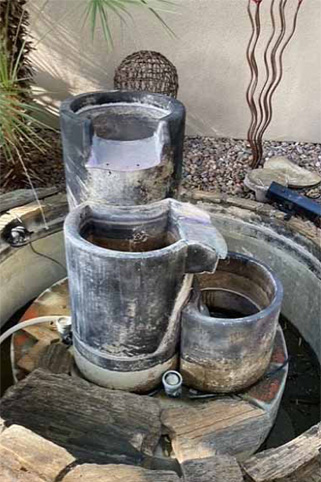 |
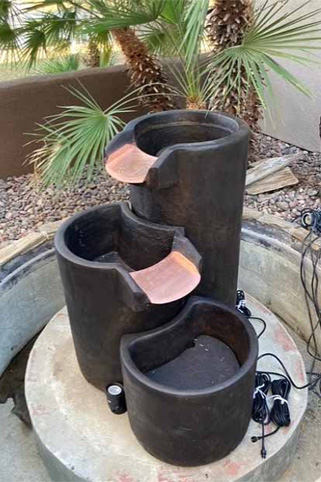 |
The majority of our finishes are a combination of an enzyme based stain in a variety of 12 base colors which are frequently faux finished with one of 11 antique paint finishes, generously applied over the base color and subsequently wiped to remain as a slight film and more noticeable in harder to reach crevasses accentuating significant design features and provide contrast to the base stain finish.
Some finishes are faux finished directly to the “original” concrete much like described above but without the application of the enzyme based stain. To help identify the color you wish to re‐create we recommend reviewing our color samples where we describe in detail each color and materials used. You would then be able to navigate back to the touch‐up paint category in the store to select the appropriate materials and colors recommended for each individual sample color.
We do not have recommendations for completely changing the color and/or to paint over our finishes. Instead, we recommend to restore only the original base color and avoid leaving a thick layer of paint that could potentially peel. To do this, please make sure surfaces are free of dust and debris and apply paint material generously but wipe excess paint and allow the material to “stain” (or absorb) the surface which can be repeated to get the desired coverage and hue. Stain materials should be shaken vigorously for several minutes before application. For best results apply stain material with a foam sponge.
After the base color has cured (feels dry to the touch in about 24 hrs depending on ambient conditions and materials used) the newly finished surfaces as well as the old, can be re‐antique faux finished with the Antique Paint which again, should be generously applied but wiped away to a slight film over smooth surfaces and more noticeable in crevices and around design features. Application of the Antique Paint is best by use of a brush and a damp cloth to wipe antique to a slight film.
IMPORTANT:: Always experiment first in an inconspicuous area before applying products to more noticeable surfaces to test the color and hue of the base stain as well as the antique to test its ability to stain weathered concrete surfaces.
Please do not use paint stripper products or water‐softeners (salt), chlorine, Bleach, Bromine and some even have used hydrogen peroxide which all have very negative effects on limestone carbonite – the chemical process that binds cement into concrete.
For fountains, after you have completed your refinishing project, please be sure to source AG‐60 Fiore Stone Water Clarifier right here at shopfiorestone.com. Only two drops per gallon (about a ¼ to a 1/3rd of a teaspoon for most fountains) every two‐ to three‐ weeks will prevent you from having to refinish your fountain in the future and will prevent hard‐water calcium deposits and algae growth when ambient temperatures remain below about 90 degrees Fahrenheit. When you do experience algae we recommend to supplement with Fountain Block.
Finally, concrete is porous and will absorb moisture. When moisture molecules freeze they can expand, and although the cement mix does have some flexibility, there is a risk to the surface of the cement. As a rule of thumb, dry concrete, can withstand any temperature change no matter how cold or hot – so during the winter (when there is a risk of frost) it is best to drain and cover your concrete water feature.
Touch- Up Paint Sizes
You'll find Base as well as Antique in each size



